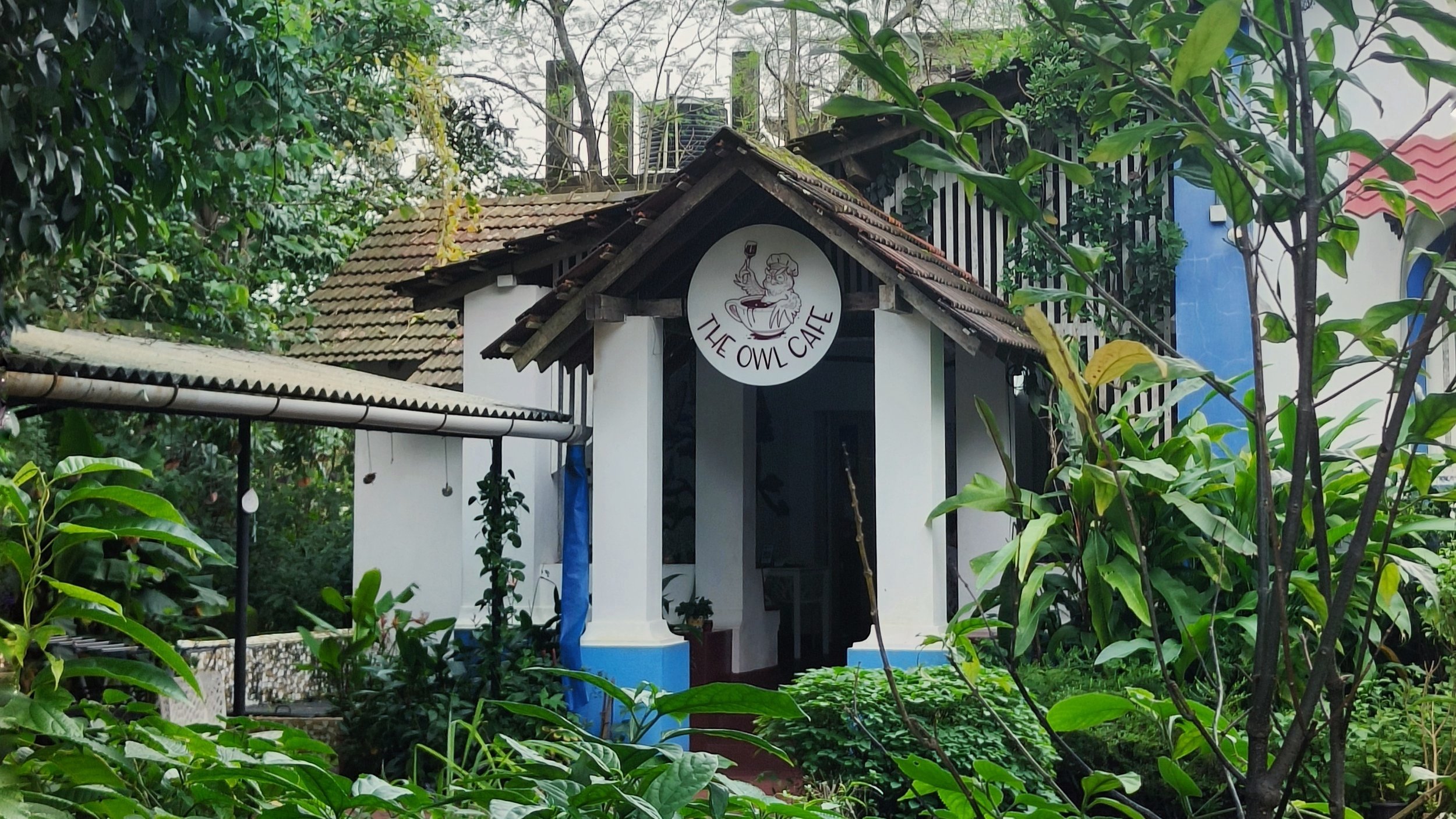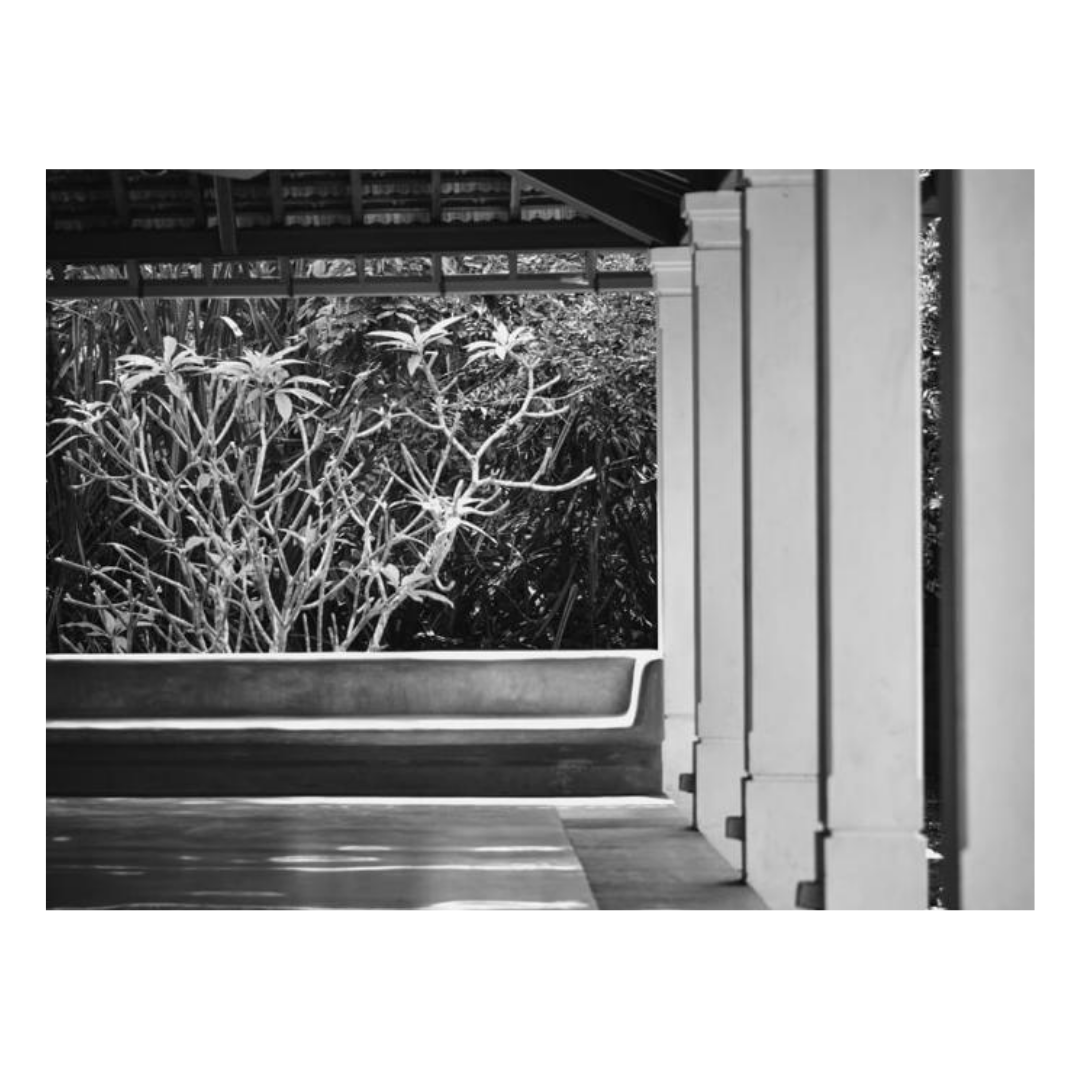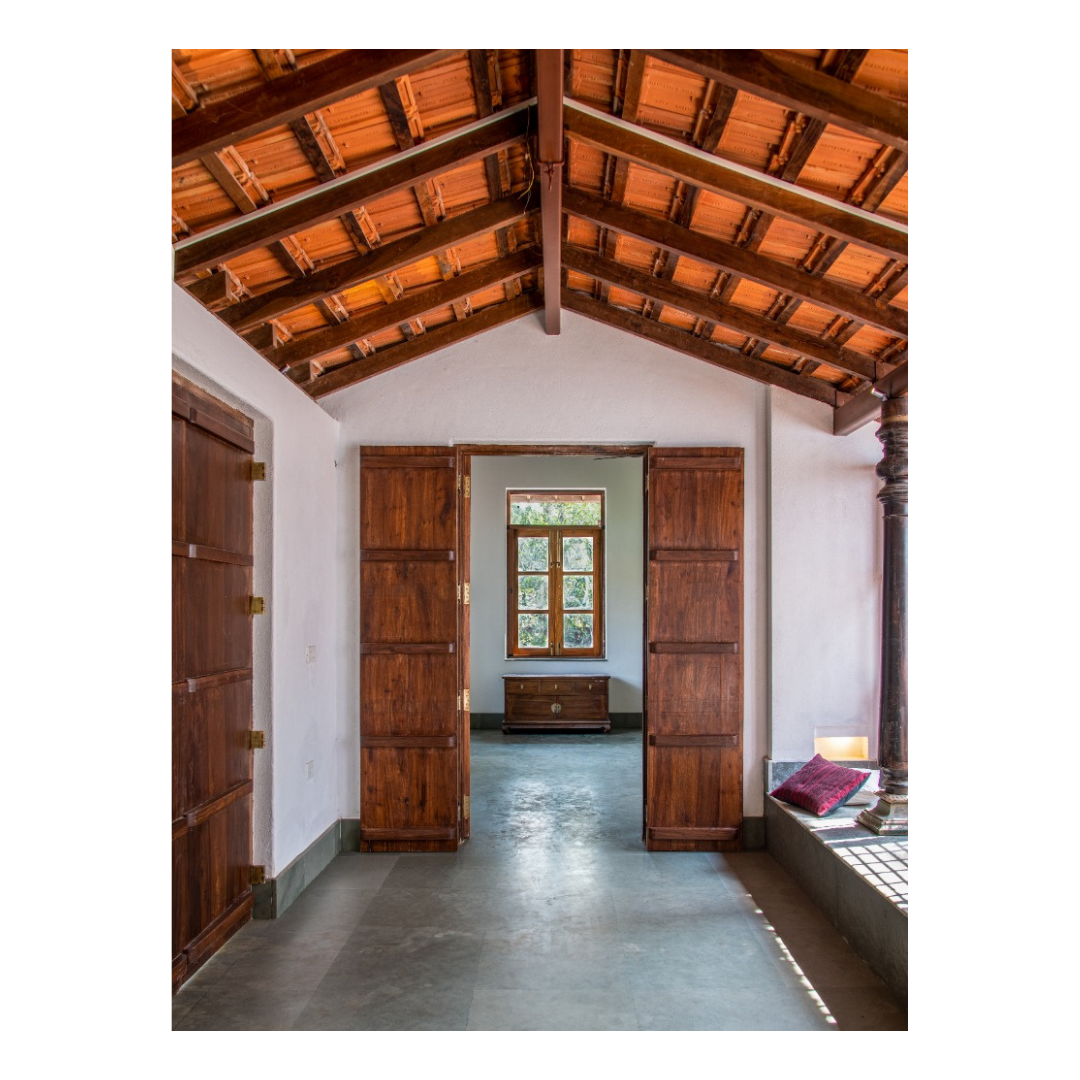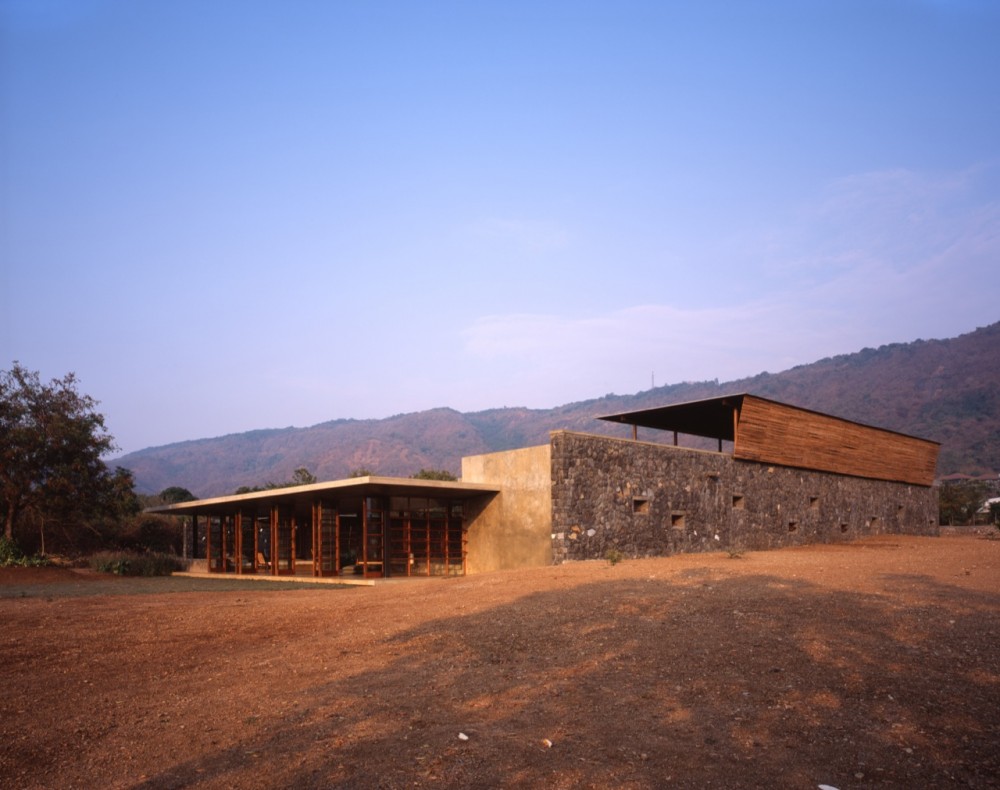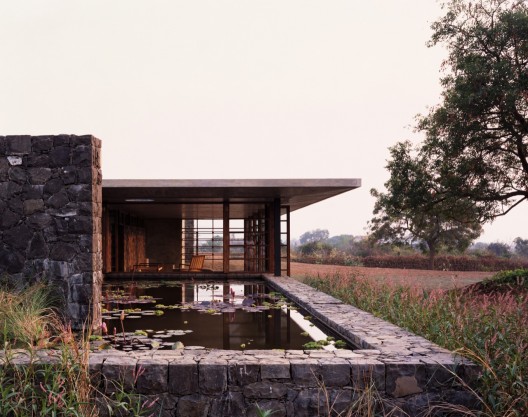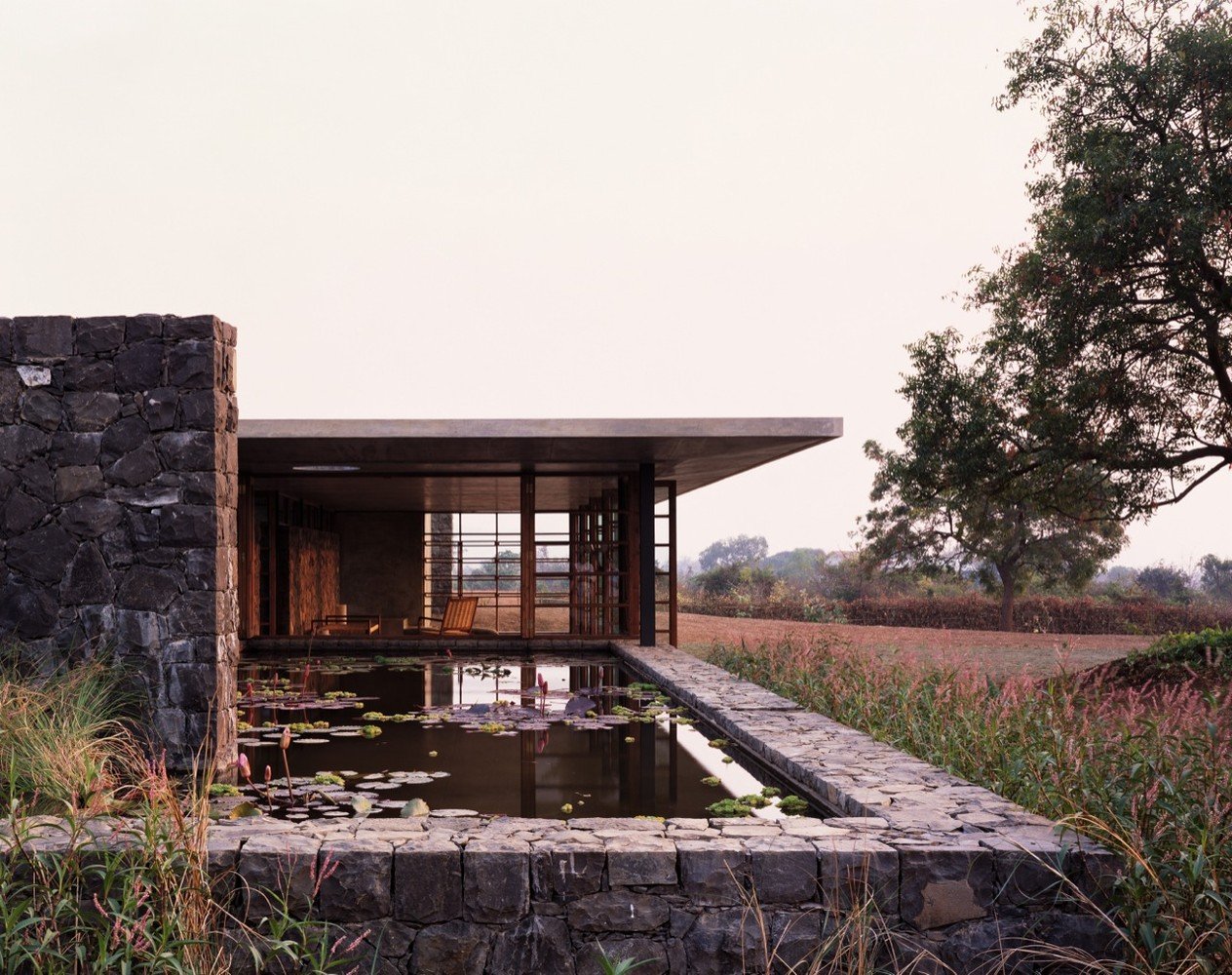
Utsav House by Studio Mumbai is a sanctuary of serenity. This elemental yet contemporary house in Alibag by architect Bijoy Jain sensitively makes room for intimate interactions with the surrounding greenery as it effortlessly bridges the indoor with the outdoor. The picturesque scenes and the connections to the tropical context resonate deeply with our values, the natural roots we turn to while designing and building houses in Goa. Built with locally available material and around numerous indigenous trees, Utsav House achieves poetic spaces that have a rustic simplicity without compromising on any of our modern creature comforts. Throughout, the focus is on intentional building and living, through architecture that takes cues respectfully from the terrain and landscapes around.
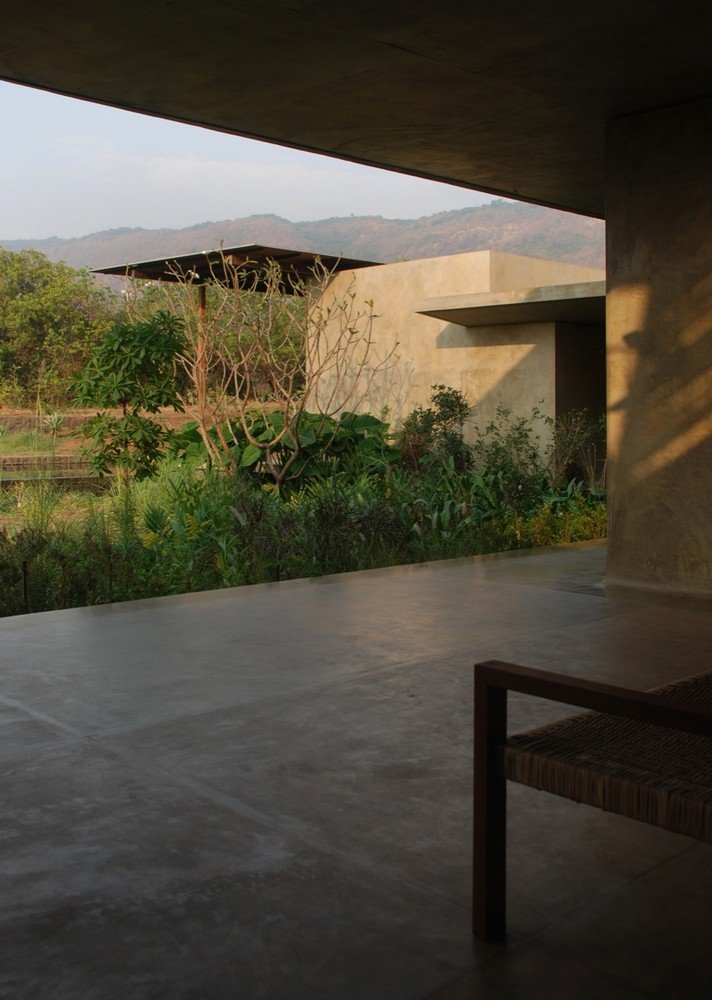




















Images courtesy Archdaily and The New York Times Style Magazine









